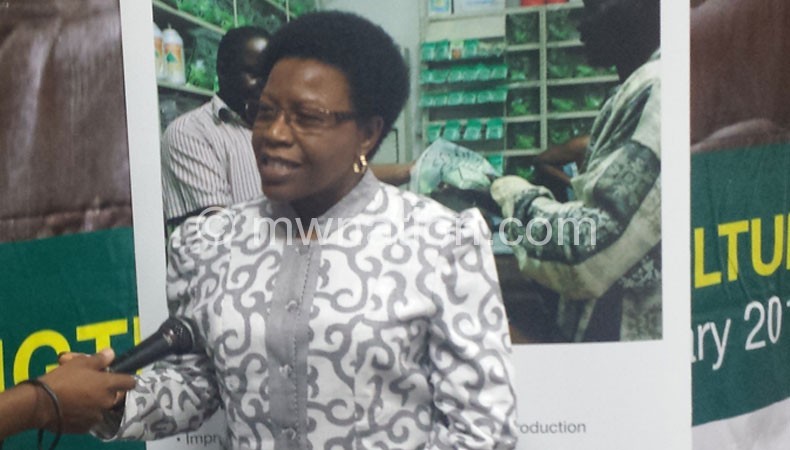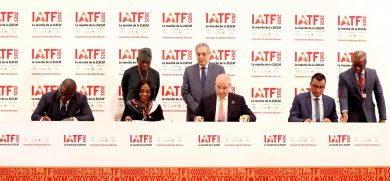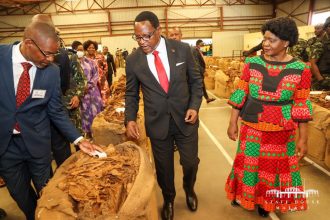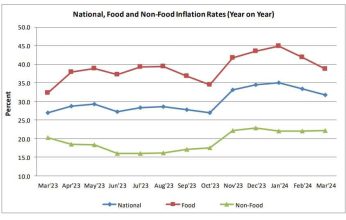Sioma to create agri-business opportunities

Alliance for Green Revolution in Africa (Agra) has launched a project called Strengthening Agriculture Inputs and Outputs Markets in Africa (Sioma) in three countries in southern Africa, including Malawi. I caught up with director of Market Access Programme, Anne Mbaabu, whose organisation is implementing the project. She sheds more light on how smallholder farmers will benefit from the project.
What is the Sioma project all about?
Agra in partnership with USaid, Bill and Melinda Gates Foundation and Swedish government are spearheading this programme whose aim is to increase availability of and access to improved seed varieties and fertilisers for smallholder farmers and to integrate these farmers into structured trade. Sioma is designed to improve operational capacities of farmer’s organisations, with specific focus on developing women’s skills and opportunities in agribusiness. To achieve this project, we are working with local farmers’ organisations.
How many farmers will benefit from this project?
Sioma will benefit 30 000 smallholder farmers and 380 agro dealers in six districts in Malawi. We are working with Rural Markets Development Trust (Rumark) which will lead a consortium made up of Farmers Union of Malawi (FUM) National Smallholder Farmers Association of Malawi (NASFAM) and Agriculture Commodity Exchange (ACE) to implement this project. All these partners will work with farmers in different stages of the value chain. For instance, Agra will work with ACE in facilitating warehouse receipts system, thereby providing finance to the farmers. With adequate finances, the farmer will have enough inputs; hence, raise their productivity while also being helped to sell their harvest profitably and increase their overall earnings. Sioma will work closely with government representatives in Balaka, Mangochi, Zomba and Mulanje, and Phalombe to mobilise and train farmer’s organisations to enhance productivity, manage finance, aggregate produce and link to markets.
How exactly will the local farmer organisations work with the smallholder farmers?
Overall, the funding is $ 9 million from USaid [in cash] and $ 9 million in kind and we are in three southern Africa countries—Zambia, Malawi and Kenya. What will happen is that Agra will offer support to these organisations to help smallholder farmers in the various districts we are working with to provide to them the necessary skills needed for them to grow and become and business minded.
What gap does the project want to fill?
Before we embark on any project, we conduct a needs assessment and from there, we noticed that farmers have either one piece of knowledge and are missing the other; hence, Agra comes in to fill that gap.
There are some activities already happening in Malawi that are similar to what Agra is doing. How will the project streamline its activities to avoid training the same target audience?
The design of this project has been mapped out in a way that the there will be no such thing as we have monitoring officers and indicators to show that such people have already benefited and need to only come for refresher courses.





